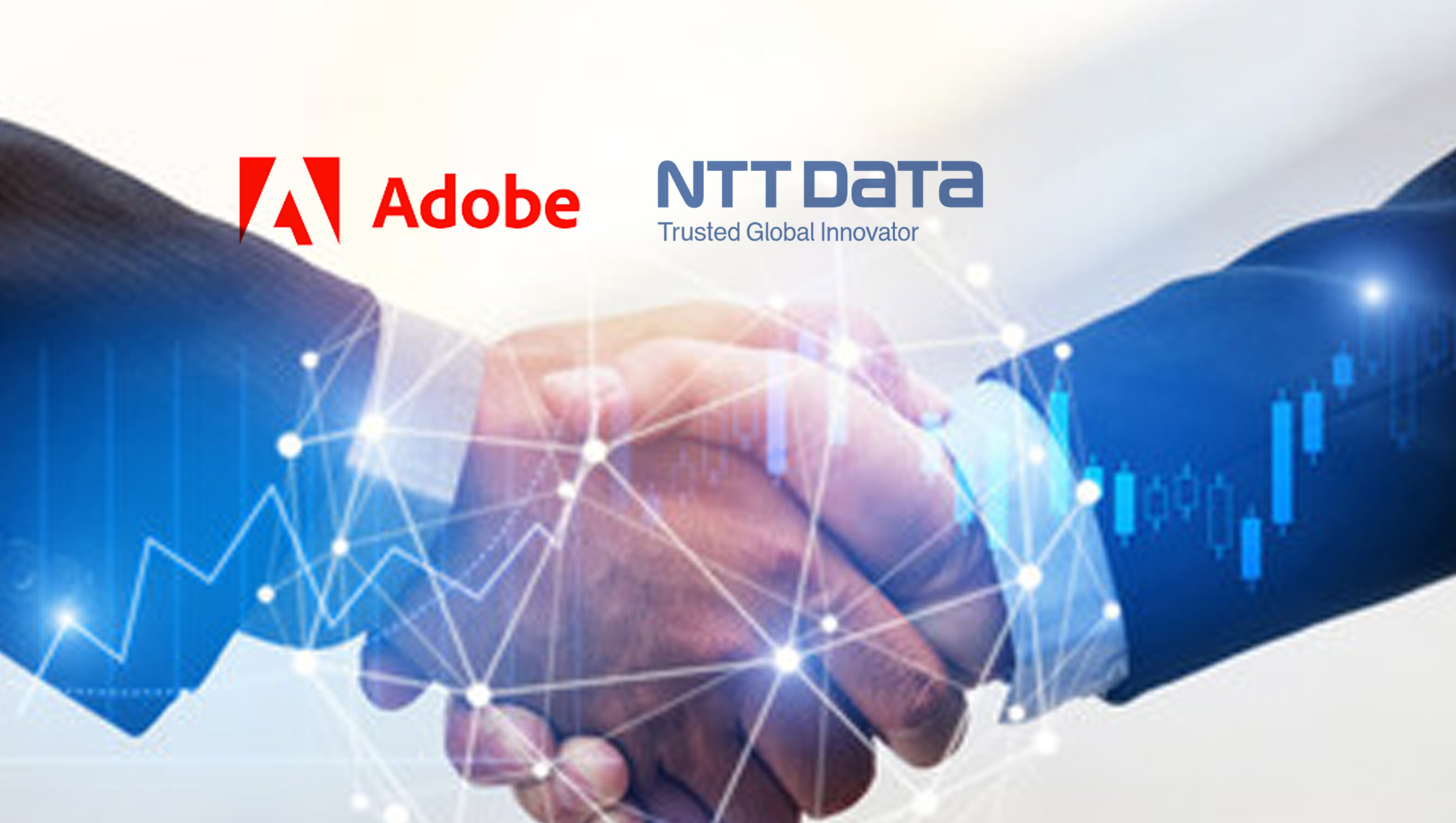Predictive analysis and data science can help your organization meet marketing goals, for this to happen well your data must be organized and accessible.
Can you find any marketing activity today, not driven by data? There is an increasing amount of customer data for marketers to access with a greater focus on personalization, customer experience, and predictive analysis. As a result, 40% of marketers plan to boost their data-driven marketing efforts. Every organization wishes to become a completely data-driven organization. There is no dearth of data, but marketers need to cut through the data commotion and organize their data in such a way that they can utilize their customer data, update it regularly, and keep it accessible enough for relevant team people. That’s how we come to a Data Lake.
With the evolution of Big Data technologies, more flexible and agile technologies are required for businesses to respond to the current environment. To meet the goal, organizations need perfect systems to store large capacity data collected through various channels, marketing automation, web analytics, ERP, CRM, and many more.
Data Lakes allow us to store and index any kind of data without any need for transformation, opening new possibilities for organizations, marketers can then produce and analyze it in a way that is flexible with total technical independence. Businesses can implement Data Lakes with a scalable service such as a cloud, which costs less than any Data Warehouse system.
Marketing Technology News: DISQO Insights: Crypto and Newer Financial Services Gain Consumer Traction
Some of the notable benefits of data lakes are:
- Accurate customer data.
- No need to fragment the data any more.
- Marketing campaigns are processed with great agility.
- Identifying and tracing target accounts/prospects become easy.
After understanding the benefits of having a data lake, let us see how can you create a data lake for better data accessibility in your organization.
1. Scale future data volumes
There is no denying that the volume of data is vast, and it is growing day by day. While migrating to a data lake, it is essential to consider how the data lake will handle current as well as future data projects. There is a need to bring enough developers, keep processes in place, to manage, cleanse large volumes of data.
2. Focus on the business outcomes
You cannot transform your enterprise if you do not understand what is more important to your business. It is time to understand the core business initiatives, bring the questions, use cases, analytics, and data to the fore.
3. Expand the data team
You must expand your data team. As the volume of data increases, you need to expand the team that is handling the data. Business analysts with acute domain knowledge and skills will choose the right data for your business needs, provide self-service access, and ensure that the data lake fulfills its key objectives.
4. Future-proof your infrastructure
Business needs are evolving, and so your data will need to be run on various platforms. As everyone cannot work on the same platform, a multi-cloud infrastructure is required.
5. Creating a data governance strategy
To govern and monitor the quality of data, there is no need to wait for the data lake to be created. Having a well-crafted data governance strategy right from the start fortifies your data lake structure.
Marketing Technology News: MarTech Interview with Shoel Perelman, VP Product Management at Pegasystems
Transformation into a data lake can be a daunting task, but many data integration tools can help overcome most of the challenges you are likely to encounter.
1. Dell Boomi
A tool supporting several application integrations, and it is good for both SMBs and large companies. Some prominent features are:
- It offers different data integration and management capabilities ranging from on-premise, private-cloud, to public cloud endpoint connectors.
- The tool allows its clients to manage data integration in a central place with the help of a unified reporting portal.
2. Talend
Talend is one of the most popular data integration tools out there. Some notable features are:
- It offers a wide array of services for advanced data management, data integration, data quality, and so on.
- The tool enables businesses to create a setup for both on-premise and cloud ETL jobs leveraging Spark, Hadoop, and No SQL database.
3. Pentaho
Pentaho, technically called Pentaho Data Integration is popular for its easy-to-learn features and usage simplicity. Some other prominent features are:
- The tool offers ETL capabilities to make the process of obtaining, cleaning, and storing data in a consistent format.
- The tool supports multiple use cases outside of ETL to a Data Warehouse.










